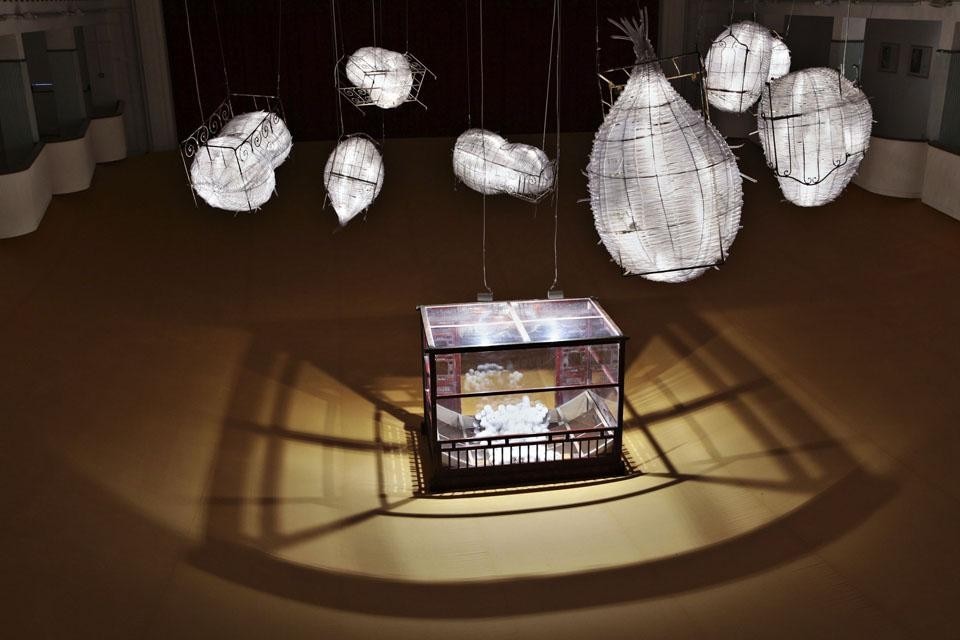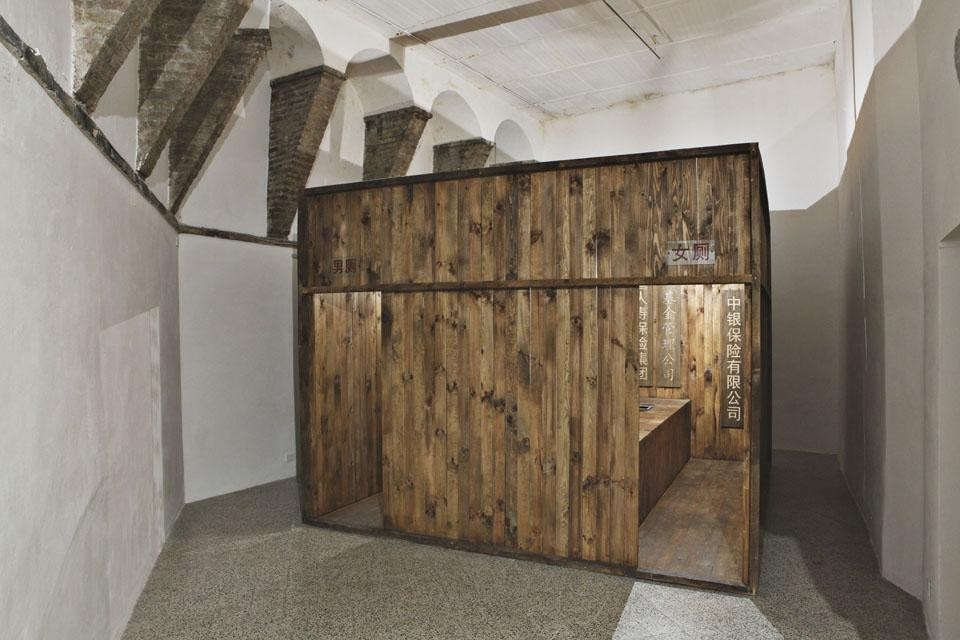Chen Zhen studied and taught in post-Maoist China—an optimistic and ideological China. He experienced culture shock when he arrived in France in 1986, but continued to pursue his visionary research, rooted in a desire to participate actively in building a new world. Chen Zhen's work is based on a model of transcultural thought, a concept he described as "transexperience": a transcendent place in which the reciprocal friction between various experiences is manifested. It is a dynamic space, a field of energies where tensions and contradictions take shape, but also an area of contact between fluxes of energy. "Transexperience" is based on three fundamental ideas: "residence, resonance, resistance". When travelling (whether for a day or a month makes no difference), venturing out of one's native environment, what is important is to live mentally with the other, immersing oneself in the local context, trying to understand the culture of the new place: this is the 'residence'. In so doing it is possible to enter into 'resonance', to tune into the culture being experienced. The consequence of these assimilative processes is 'resistance' to the influences of the new culture.
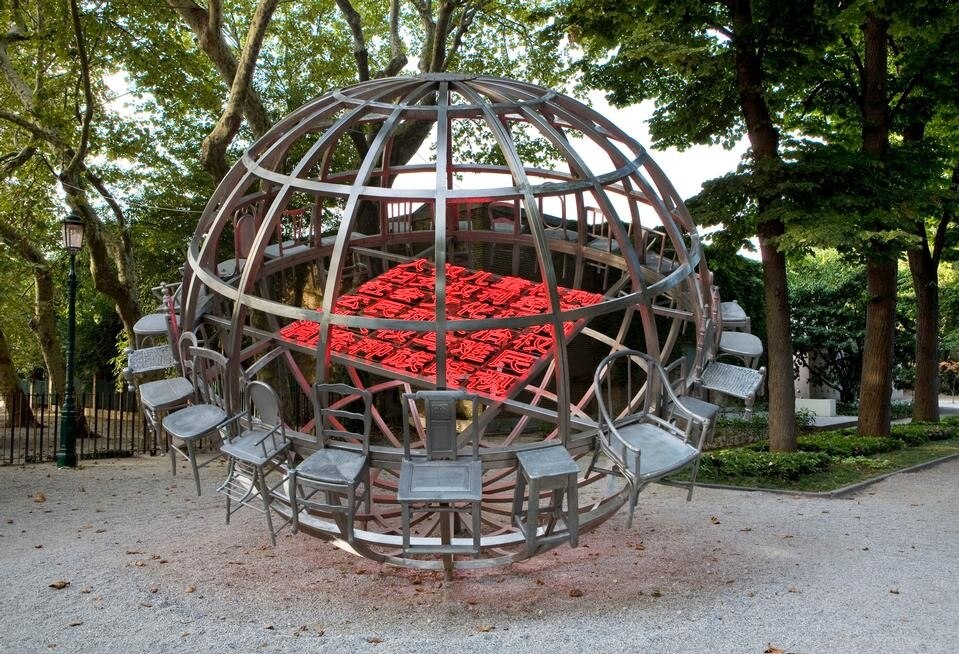
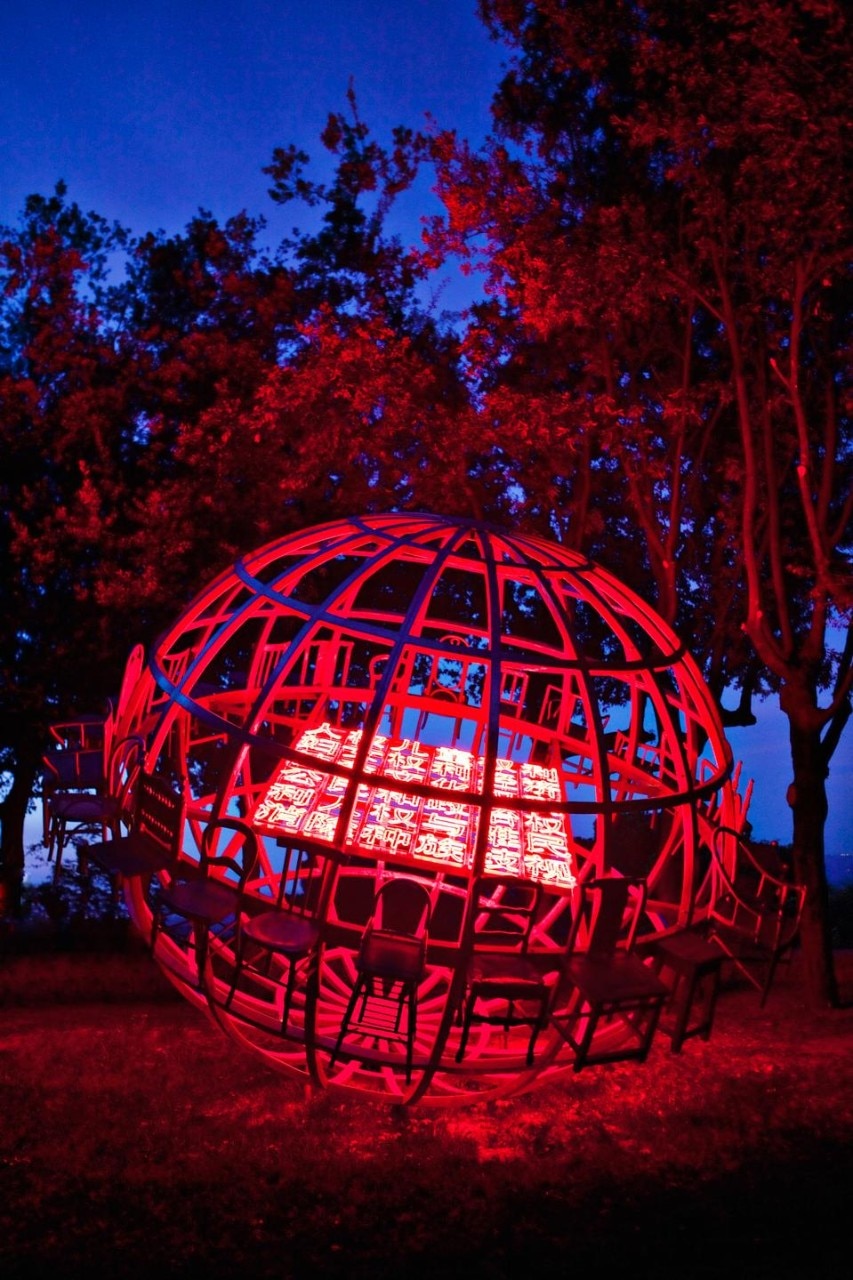
Chen Zhen's work is based on a model of transcultural thought, a concept he described as 'transexperience': a transcendent place in which the reciprocal friction between various experiences is manifested.
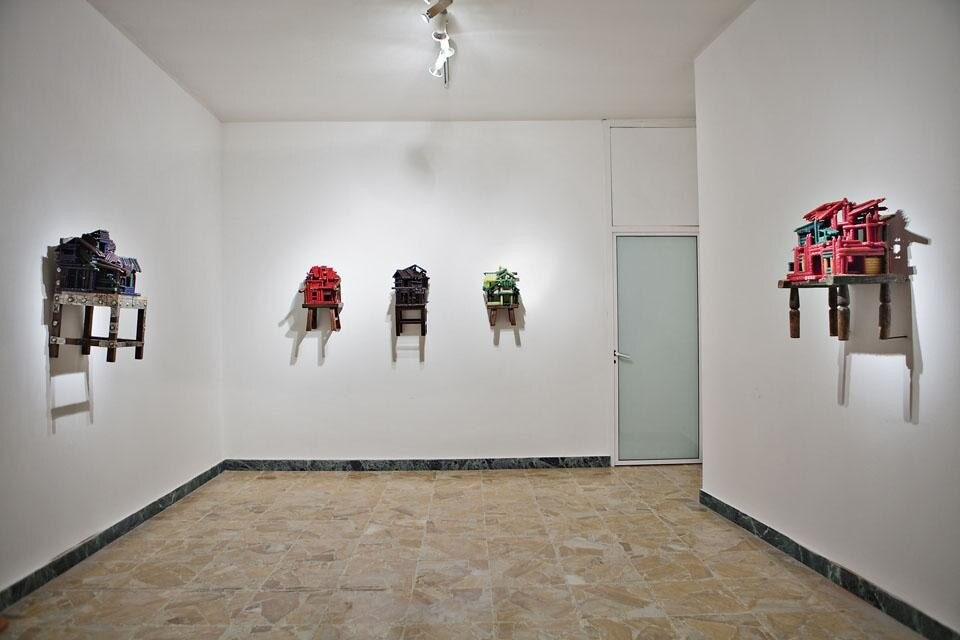
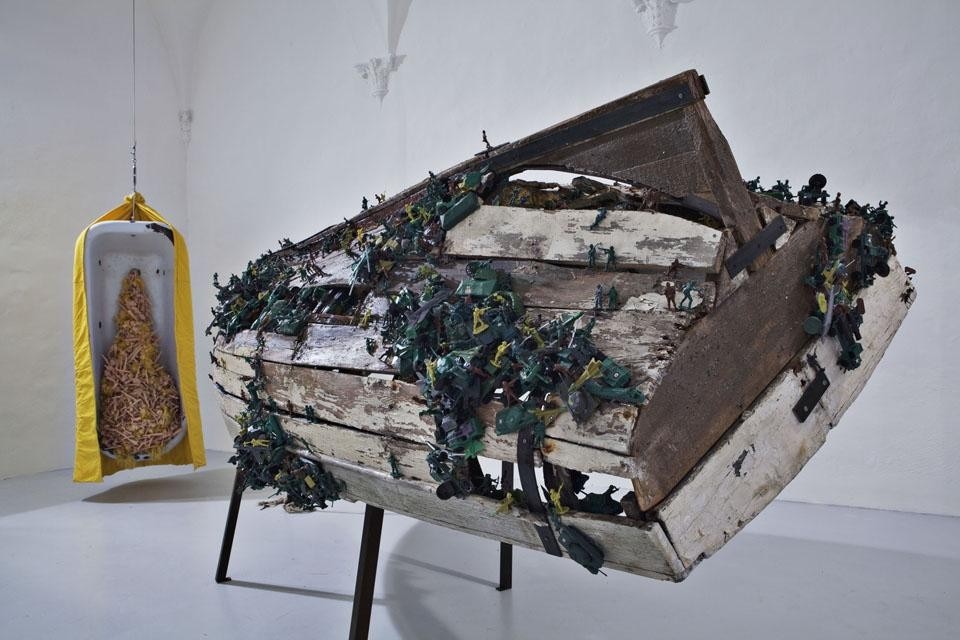
And it is this collection of energies that Chen Zhen has left us, so that we too can follow his…silent steps.
Chen Zhen. Les pas silencieux
until January 28 2012
Galleria Continua
Via del Castello 11, San Gimignano (SI)
